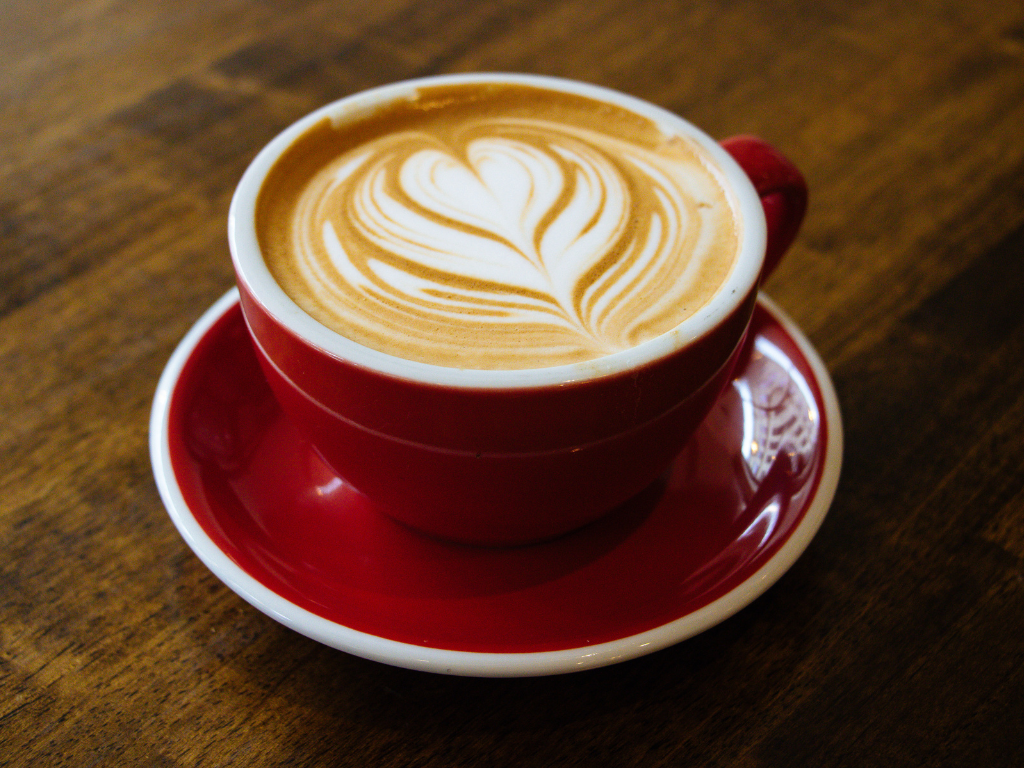A good cappuccino is rich, balanced, and topped with that irresistible creamy foam. But you don’t need a fancy espresso machine or barista training to make one at home. With a few simple tools and the right technique, you can enjoy a delicious, café-style cappuccino from the comfort of your own kitchen.
In this complete guide, you’ll learn how to make a creamy cappuccino at home step by step—including how to froth milk without a steam wand and how to get that perfect espresso-style base.
What is a cappuccino?
A cappuccino is a classic Italian coffee drink made with equal parts espresso, steamed milk, and milk foam. Traditionally, the ratio is:
- ⅓ espresso
- ⅓ steamed milk
- ⅓ milk foam
It’s served in a small cup (usually 150–180 ml) and known for its velvety texture and smooth balance of bold coffee and creamy milk.
Can you make cappuccino without a machine?
Yes! While a traditional cappuccino uses an espresso machine with a steam wand, you can make a version that’s very close in flavor and texture using alternative methods.
What you’ll need:
- A way to make strong coffee or espresso-style concentrate
- A method to heat and froth milk
- A small cup or mug
- Optional: cinnamon or cocoa powder for topping
Let’s break it all down.
Step 1: Make your espresso-style coffee base
If you don’t have an espresso machine, you can use one of the following methods to create a concentrated base:
Option 1: Moka pot (stovetop espresso)
- Produces strong, espresso-like coffee
- Ideal for milk-based drinks
- Easy to use and inexpensive
How to use it:
- Fill the bottom chamber with water up to the safety valve
- Add finely ground coffee (espresso grind) to the filter basket
- Assemble and heat on medium until coffee starts filling the top chamber
- Remove from heat once it’s full
Option 2: AeroPress (espresso-style)
- Produces a smooth, strong shot
- Very fast and portable
- Requires a fine grind and short brew time
How to use it:
- Add 14–18g of fine ground coffee
- Add 60–80ml of hot water
- Stir, wait 30 seconds, then plunge slowly
- You’ll have a strong, espresso-style base
Option 3: French press (strong brew)
- Less intense than espresso but still works
- Use a high coffee-to-water ratio: 1:10
- Steep for 4–5 minutes, plunge, and use about 60–80ml as your base
Step 2: Heat and froth your milk
The signature element of a cappuccino is the foam. Even without a steam wand, there are multiple ways to froth milk at home.
Best milk for frothing:
- Whole milk creates the creamiest, densest foam
- 2% milk works well too
- Plant-based options: Barista versions of oat, almond, or soy milk are best
Method 1: Handheld milk frother
- Heat milk to about 150°F (65°C)
- Froth using the wand until you get thick foam
- Tap and swirl the container to settle the bubbles
Method 2: Mason jar
- Pour milk into a jar (not more than halfway)
- Shake vigorously for 30–60 seconds
- Remove the lid and microwave for 30 seconds
- Foam rises to the top
Method 3: French press
- Heat milk separately
- Pour into a clean French press
- Pump the plunger up and down vigorously until milk doubles in volume
- Pour slowly and hold back the foam with a spoon
Method 4: Whisk
- Heat milk on the stove
- Whisk quickly by hand or use an electric mixer
- A bit messier but still works
Step 3: Combine your cappuccino
Now it’s time to put it all together.
- Pour the coffee into your cup (about 60–80ml)
- Add steamed milk gently, filling the cup about ⅔ full
- Spoon the foam on top, filling the final third
- Optional: Sprinkle cinnamon, cocoa, or nutmeg for flair
Take a moment to admire the layers and texture before taking your first sip.
Tips for a better homemade cappuccino
- Use freshly roasted, finely ground coffee for the best flavor
- Don’t overheat your milk—aim for 65°C (150°F)
- Use a small cup for the proper cappuccino experience
- Swirl the milk before pouring to get smoother texture
- Practice your foam technique—it gets easier over time
Common mistakes to avoid
Mistake: Using regular brewed coffee
Fix: Use a concentrated base like moka pot or AeroPress for better balance with milk
Mistake: Overheating milk
Fix: Keep below 70°C to avoid scalded flavor and poor foam
Mistake: Using the wrong milk
Fix: Use whole or barista-style plant milk for the best foam
Mistake: Skipping the foam
Fix: Foam is essential to cappuccino texture and balance—don’t skip it!
Cappuccino vs. latte vs. flat white
| Drink | Espresso | Steamed Milk | Milk Foam | Total Volume |
|---|---|---|---|---|
| Cappuccino | 1 shot | ⅓ cup | ⅓ cup | 150–180 ml |
| Latte | 1 shot | ⅔–¾ cup | thin layer | 250–350 ml |
| Flat white | 1 shot | ⅔ cup | microfoam | 150–180 ml |
Cappuccino is more balanced between foam and coffee, while lattes are milkier, and flat whites are smoother and stronger.
Final thoughts: bring the café home
You don’t need an espresso machine or barista badge to enjoy a great cappuccino. With a strong brew, fresh milk, and a little practice, you can create a rich, foamy, delicious cappuccino right in your own kitchen.
It’s more than a drink—it’s a moment. A pause in your day. A ritual of comfort and flavor.
